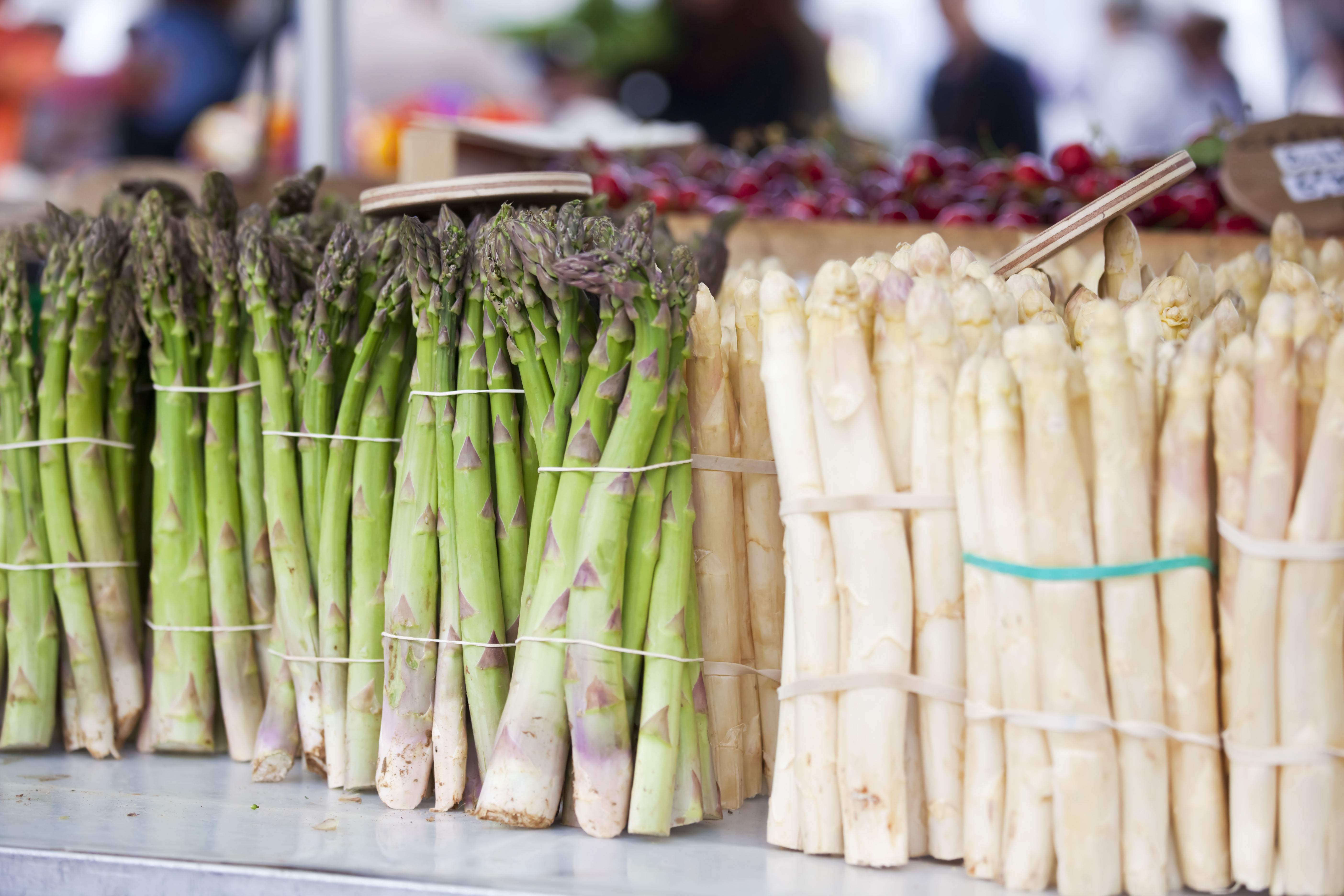
How Do They Grow White Asparagus?
Asparagus is a true harbinger of spring, though these days, it is available year-round.
Related to the onion, this member of the lily family has been grown for thousands of years, in fact, we have historical records of it being grown and eaten in Ancient Egypt as far back as 3000 BC. It was so prized that the Roman Emperor Augustus was said to have built a fleet of ships to transport it around the entire Roman Empire. In addition, the Ancient Romans would store it in the in the frozen Alps of Europe to enjoy the delicacy even when it was out of season.
The word asparagus is believed to have been derived from the Persian word asparag, which simply meant shoot, referring to how the spears grew.
Later, the word would evolve to aspharagos in Greek, asparagus in Classic Latin, spargus in Vulgar Latin, sperage in Old English, sparrowgrass in Middle English, and then finally back to asparagus in modern nomenclature.
So how is asparagus grown?
Asparagus is unusual in that it is a perennial plant, often producing crops for 15 or more years. Even more unusual is that it takes 3 years for the root crown to produce a harvest-able crop. As the plant ages, the spears become thinner, eventually stopping all together. California leads the way for domestic production, with Washington and Michigan rounding things out. However, the domestic crop pales in comparison to other nations, China is the leader, though the claimed production numbers are in dispute, with Peru and Mexico coming on strong as well. Germany is known for their asparagus as well, but for the Germans, it is really all about white asparagus.
White asparagus?
Yep, and it’s not a GMO or hybrid, but rather a result of altering how the it grows. As the spears begin to push through the soils, farmers begin to mound dirt around them, depriving them of sunlight which in turn halts the production of chlorophyll in the stalks. The Germans have established a very stringent grading system in order to promote and encourage commercial production of white asparagus.
Asparagus is a true harbinger of spring, though these days, it is available year-round.
Contact your Marketing Associate about adding white asparagus to your next order. If you are not a customer, find out how to become one today!
Article submission by Chef Daniel Snowden, the Director of Culinary Development for FreshPoint Central Florida. He has been in the produce industry years almost 20 years and loves getting geeky about food. Follow FreshPoint Central Florida on Facebook and Instagram.
Some tools you can use:
Visit freshpoint.com for our seasonal availability guides—and while you are there, check out the FreshPress, our latest market report. Place your orders online with ease at myfreshpoint.com. Did you know you can receive real-time reliable delivery alerts on the day of your delivery? Activate and subscribe at FreshPoint.com/mydelivery
Download our app and take your produce management on the go. Place orders, review flyers, watch videos…all in one spot!
Find out more details about our UBU program, and how we are shining a spotlight on food waste while making value and food safety a priority.
We buy local to strengthen regional economies, support family farms, preserve the local landscape, and to provide fresh-from-the-farm food to our customers. Local.freshpoint.com connects you to your local farmers like never before! Customize your search by zip, city, state, radius…even by crops and growing methods. Pop in your zip code and learn about our local farmers.
Socialize with us!
Did you know we are on YouTube? Head over to our page and check out our 75+ videos. Don’t forget to subscribe, and also be a part of our Bell Team—hit the little bell icon to get notifications when we upload new videos.
Follow FreshPoint, Inc. on Facebook, Twitter, Instagram, and LinkedIn…and follow The Produce Hunter on Instagram as she finds the best specialty produce at the Santa Monica Farmers Market.

